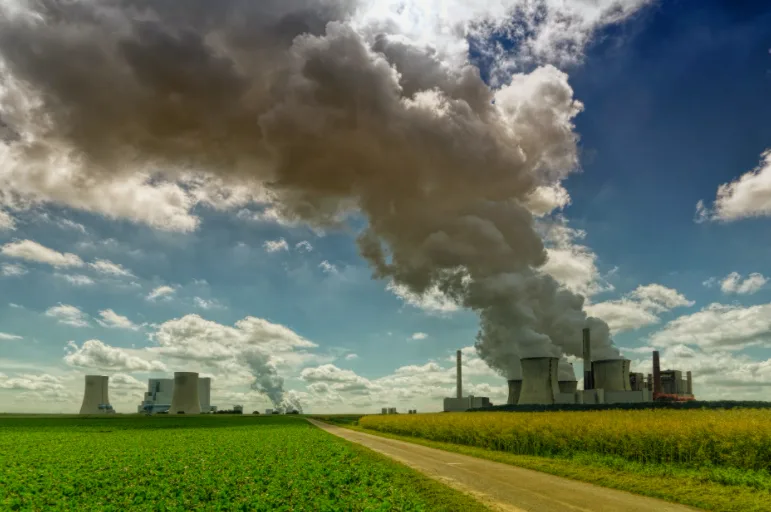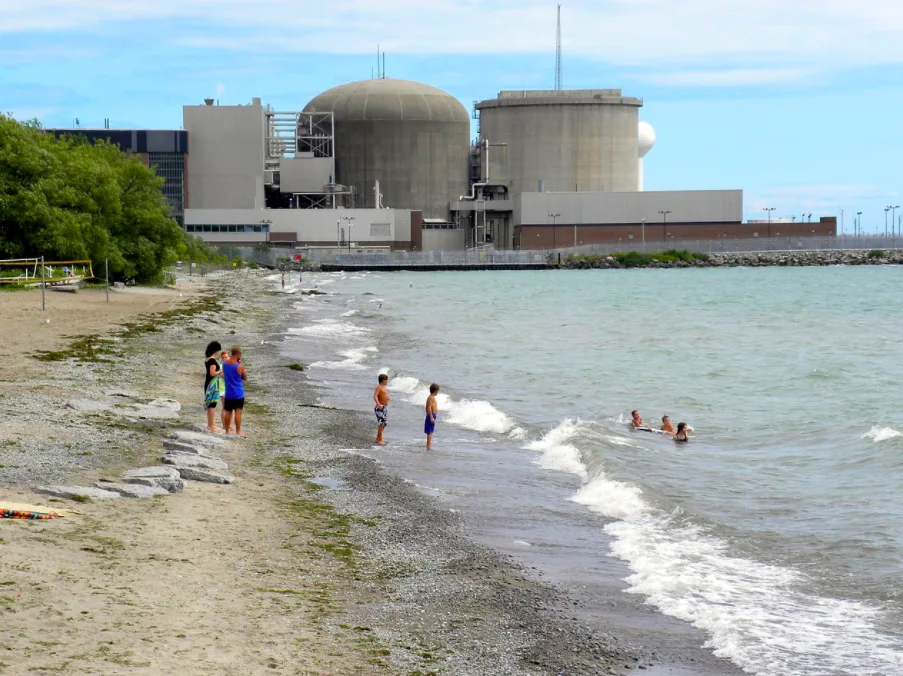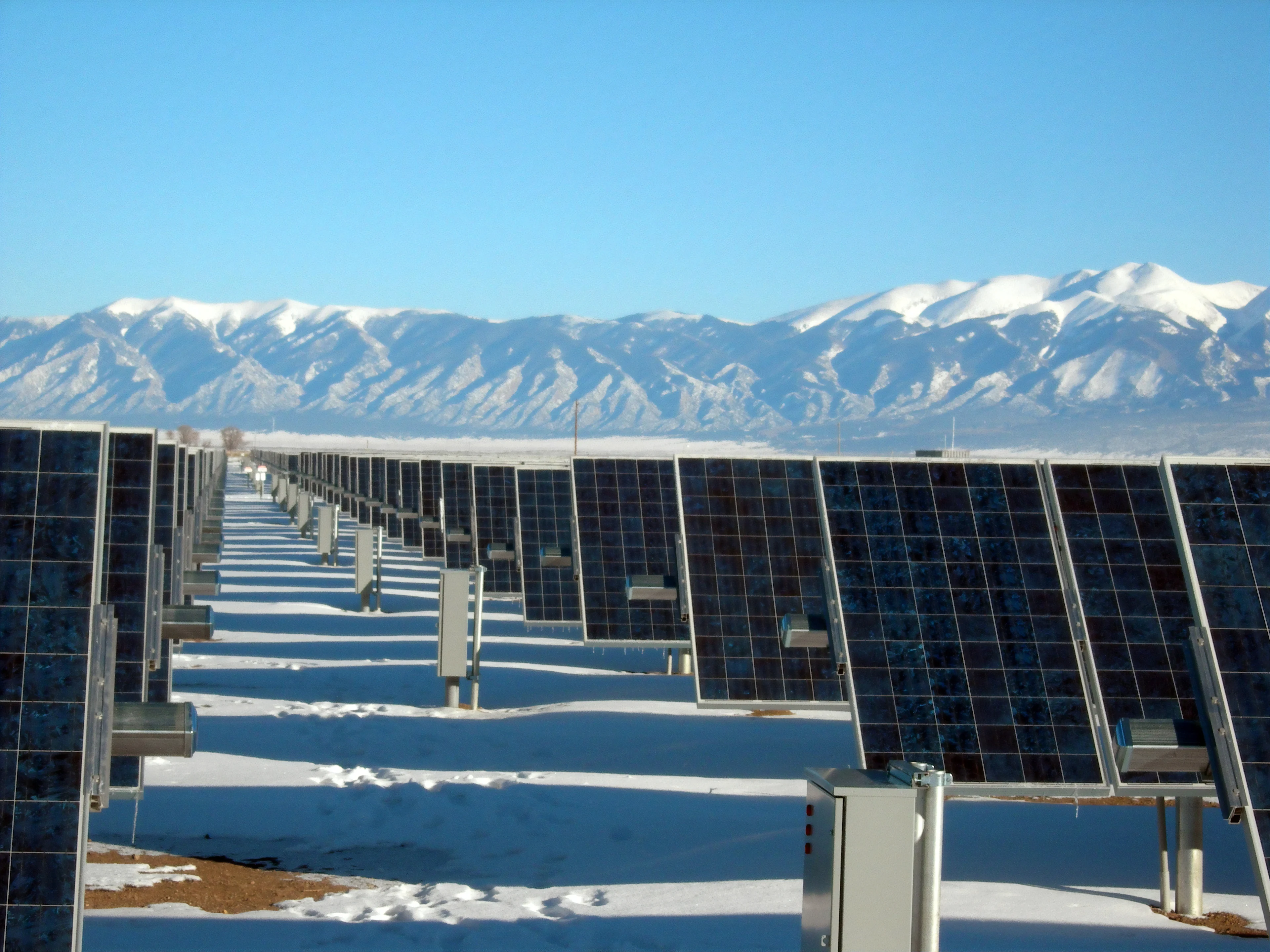
Nuclear or renewables? 25-year study shows a clear winner
While both renewables and nuclear power are cited as low-carbon technologies, one of these energy sources is significantly more effective at reducing carbon emissions than the other.
The rapid growth of renewable energy has sustained itself over the years and several clean-energy milestones were achieved in 2020 — Europe generated more energy from renewables than fossil fuels and renewables surpassed U.S. coal energy generation for the first time in 130 years.
The International Energy Agency (IEA) released a World Energy Outlook in October that stated the reduced economic activity due to the COVID-19 pandemic could cause energy-related carbon emissions to fall seven per cent compared to 2019 levels. This decline provides the opportunity for renewables to dominate the energy sector’s recovery, but the agency says that this depends on whether or not governments take action to secure a green renaissance.
Nuclear energy and a variety of renewables have been incorporated into national energy grids based on a country’s economy, resources, geography, existing infrastructure, and energy needs. While incorporating both of these energy sources might seem like the most viable option, a study finds that only a few scenarios achieve truly low-carbon energy generation, and they do not include nuclear power.
The study was published by the University of Sussex Business School and the ISM International School of Management in Nature Energy and tracked nuclear and renewable electricity production across 123 countries from 1990-2014 to evaluate which nations produced the lowest and highest carbon emissions.

Credit: Johannes Plenio via Pexels
Three scenarios were hypothesized to predict outcomes before the researchers analyzed the data: 1) emissions decline as a country increasingly generates nuclear energy, 2) emissions decline as a country generates more energy from renewable resources (solar and wind), 3) nuclear and renewables tend to be mutually exclusive, meaning that each creates “lock-ins” or “path dependencies” that do not leave room to implement the other type of energy.
The researchers found the data confirmed national carbon emissions declined with increasingly large-scale renewable energy production, while nations with large-scale nuclear power generation did not see a significant decline in carbon emissions. Given the ability for power plants to produce significant amounts of energy over several decades, the researchers state that this finding was “interesting” and the hypothesis sparked “intense debates” amongst the contributors when the study began.
There was also a negative relationship between the scales of nuclear and renewable energies, meaning that countries with larger nuclear operations had smaller sources of renewable energies. The researchers say the data often revealed a mutual exclusion with nuclear and renewable energies, meaning that each creates “lock-ins or path dependencies that crowd out the other.” Conventional nuclear power generation typically involves centralized power production, which makes it difficult and costly to introduce small-scale distributed power, such as wind energy.
The crowding out hypothesis was partially confirmed as the researchers found that the scale of nuclear power generation was related to a lower level of commitments to renewable energies, and vice versa. But, this relationship was only noticeable in countries that mainly focused on renewable energies. The researchers say that this observation could be due to political or cultural attachments to either nuclear power or renewable energy, which causes a lower attachment to the other technology.
CHOOSING A NUCLEAR OR RENEWABLE PATHWAY
To better understand the trends that the data revealed, the researchers analyzed why some countries have focused on developing mainly renewables or nuclear energy.
Nuclear proponents assert that expanding nuclear energy will cause a decline in carbon emissions because of its reliability, low-carbon footprint, and ability to generate a significant amount of electricity. The IEA states that nuclear power, in addition to other renewables, is necessary to provide clean energy around the world in the upcoming decades.
The Canadian government is also sharing a similar sentiment to the IEA. Seamus O'Regan, Minister of Natural Resources, stated that “Canadians have to be open to the idea of more nuclear power generation” so the country can reach emissions reduction targets that were outlined in the Paris Agreement, as reported by CBC in September 2020.
However, the study states that there are several reasons why nuclear energy is overlooked in many countries.
The researchers highlight the extreme hazards of nuclear energy, stating that “no other source of renewable electricity is subject to such catastrophic accident risks,” such as Chernobyl (1986) and Fukushima (2011). The cost of nuclear waste, the risk of accidents and failures, and public perception are all factors that have deterred the expansion or adoption of nuclear projects. They also note that nuclear projects are more prone to cost overruns and delays, so per dollar invested, renewable energy projects create quicker emission reductions than large-scale nuclear projects.

Pickering Nuclear Generating Station is located along Lake Ontario and provides 15 per cent of the province's power. Credit: JasonParis via Wikimedia Commons
Several academic institutions have argued that most of the world can meet its energy needs through renewable energies. Researchers from Stanford University found that wind, solar, hydropower, and geothermal energies could power all energy sectors (transportation, heating/cooling, industry, agriculture/forestry/fishing) in 139 countries by 2050. Transitioning to these renewable energies would cost 27.7 million jobs, however, 52 million new jobs would be created, resulting in a net gain of 24.3 million new long-term, full-time jobs.
The Nature Energy study found that countries with a high GDP per capita saw a decline in carbon emissions due to nuclear electricity production, whereas countries with low GDP per capita actually saw emissions rise. Alternatively, renewables caused a decline in carbon emissions, regardless of a country’s GDP per capita. The researchers explain that renewables proved to be feasible across countries with significantly differing economies because of the relatively quick construction time, compared to nuclear power, and the tendency for wind and solar to decline in cost and improve in performance over time.
“This paper exposes the irrationality of arguing for nuclear investment based on a ‘do everything’ argument. Our findings show not only that nuclear investments around the world tend on balance to be less effective than renewable investments at carbon emissions mitigation, but that tensions between these two strategies can further erode the effectiveness of averting climate disruption,” stated Andy Stirling, Professor of Science and Technology Policy at the University of Sussex Business School, in a press release from the university.

Alamosa Photovoltaic Power Plant in Colorado, U.S. Credit: Science in HD via Unsplash
The study concludes that the findings are “troubling” because the potential pathways for both nuclear and renewable energies “display mutual tension.” The researchers’ analysis suggests that countries that are planning large-scale nuclear power investments are “suppressing the opportunity to develop renewable energy investments” and say the converse may be true.
“In a world where the averting of catastrophic climate disruption is so imperative, energy diversity can play many crucial roles in achieving carbon-emission mitigation, but diversity comes in many forms and modes. The challenge is not one of doing everything in directions conditioned by any entrenched interest, but about societies rigorously, democratically and deliberately choosing what to do,” the study concludes.







